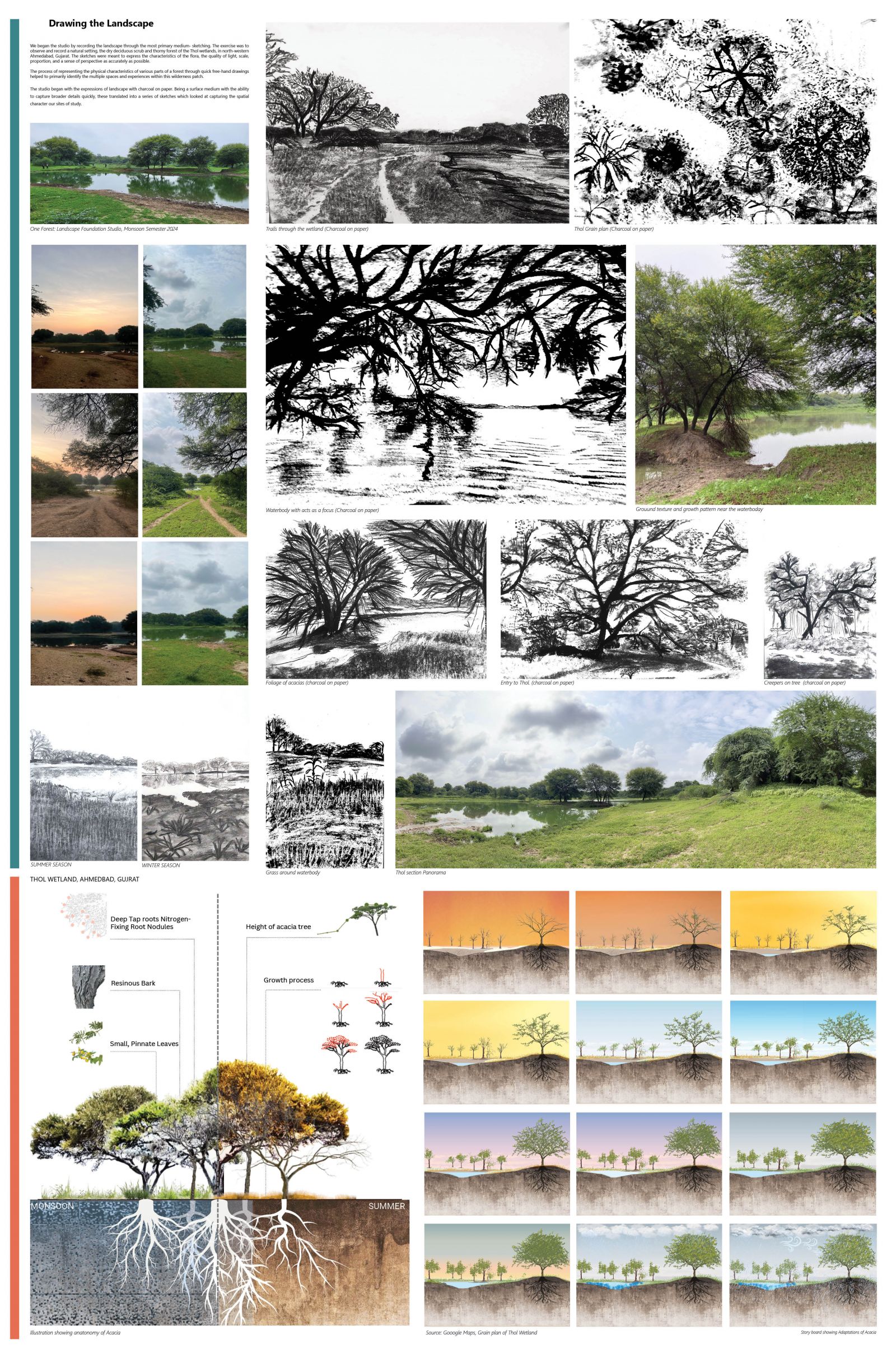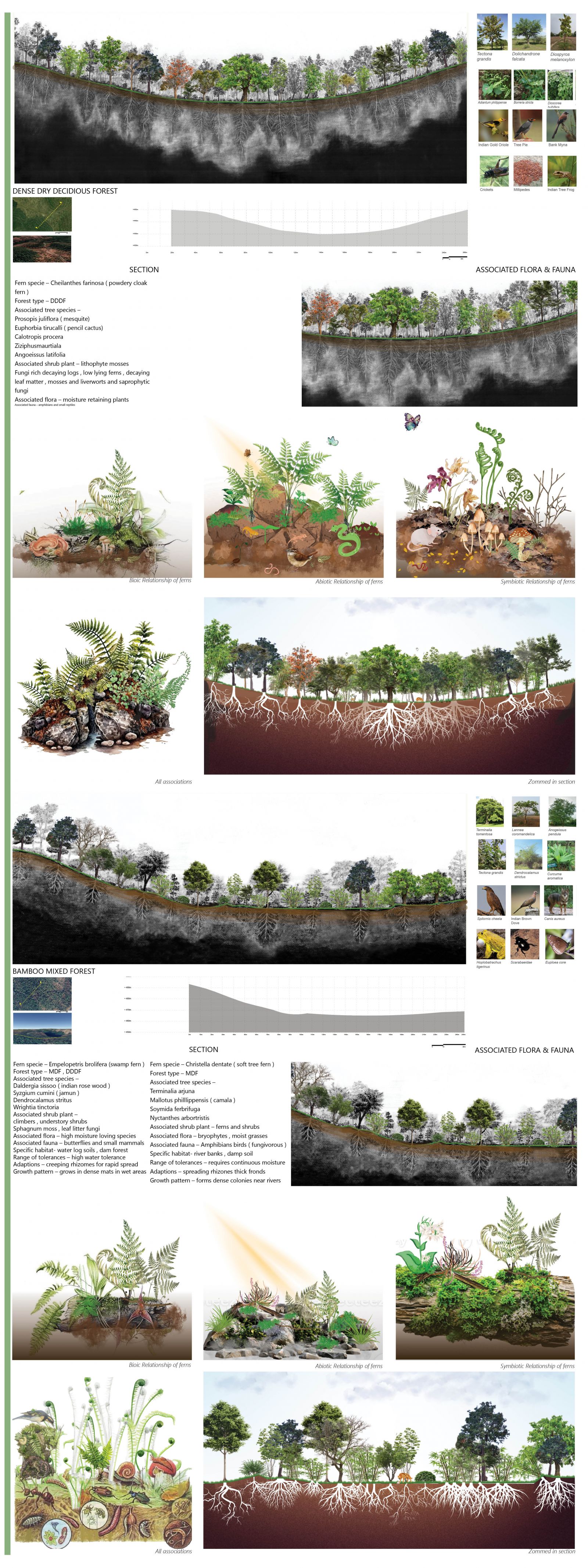Your browser is out-of-date!
For a richer surfing experience on our website, please update your browser. Update my browser now!
For a richer surfing experience on our website, please update your browser. Update my browser now!
This project centers on the ecological role and patterns of ferns in the Sitamata Wildlife Sanctuary, a rich confluence of the Aravalli, Vindhya, and Malwa Plateau ecosystems. Ferns are highlighted as essential pioneers in forest succession, thriving in the sanctuary's diverse forest typologies, including grasslands, sparse and dense dry deciduous forests, bamboo-mixed forests, riparian zones, and riverine systems. These non-flowering vascular plants act as stabilizers in forest ecosystems, preventing soil erosion, retaining moisture, and contributing to nutrient cycles. Their preference for moist, shaded environments underscores their sensitivity to specific abiotic factors such as humidity, soil pH, and hydrology. Biotic factors, such as their interdependence with fungi, pollinators, and decomposers, further define their ecological niche. The study investigates how these factors influence their abundance and resilience, positioning ferns as key indicators of forest health and stability. Through fieldwork and documentation, including sketches, quadrat studies, and herbarium preparation, the project delves into the life cycle of ferns, emphasizing their adaptability and role in creating microhabitats that support diverse forest species. The absence of ferns would disrupt these delicate balances, leading to compromised soil stability, reduced biodiversity, and weakened ecosystem processes. By focusing on their crucial role in forest regeneration and resilience, the study underscores the need to conserve these often-overlooked yet foundational species. The findings are synthesized into a creative narrative represented through game design, engaging players with the systemic connections and importance of ferns in Sitamata’s dynamic forest landscapes. This process not only educates but also advocates for the conservation of these critical pioneers in forest ecosystems.
View Additional Work








